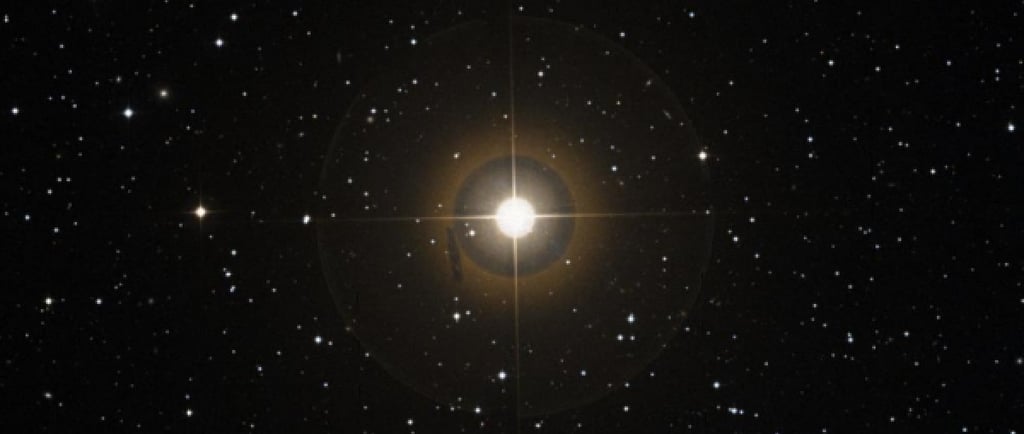42 Draconis: The Distant K-Type Giant Star


Introduction to 42 Draconis
Among the vast expanses of our universe, 42 Draconis stands out as a captivating celestial body. Located approximately 295 light years away in the constellation Draco, this fifth magnitude K-type giant star offers not only a glimpse into the characteristics of giant stars but also into the nuances of stellar classification.
Characteristics of K-Type Giant Stars
K-type giants, like 42 Draconis, exhibit unique qualities that differentiate them from other types of stars. With a cooler surface temperature ranging approximately between 3,800 to 5,200 Kelvin, these stars typically possess a warm, orange hue, making them visually striking against the night sky. 42 Draconis is no exception, radiating a serene light that is characteristic of its stellar class.
As a K-type giant, 42 Draconis is in the later stages of its life cycle. It has exhausted the hydrogen in its core and has transitioned into a phase where it burns helium and other heavier elements. This stellar evolution results in significant expansion, leading to the giant status that this star currently holds. The sheer mass and energy of such stars make them vital to our understanding of stellar evolution and galactic formation.
The Significance of 42 Draconis in Astronomy
Apart from its stunning appearance, 42 Draconis serves as an important object of study within the field of astronomy. Its distance from Earth allows astronomers to examine various aspects of light emission and stellar behavior. Observations of 42 Draconis contribute to the larger picture of how K-type giants interact with their surroundings and how they continue to evolve over vast spans of time.
Moreover, studying stars like 42 Draconis helps astronomers refine their methods of measuring distances in space and understanding the dynamics of star formation in the galaxy. These observations can aid in forming hypotheses about the lifecycle of stars and the impact of giant stars on their local stellar environment and beyond.
Conclusion
In summary, 42 Draconis is more than just a dot on a celestial map; it serves as a gateway to understanding the characteristics and evolution of K-type giants. As we continue to observe and study this intriguing star, we gather crucial insights that not only enrich our knowledge of the universe but also enhance our appreciation for the wonders that lie in the cosmos.
